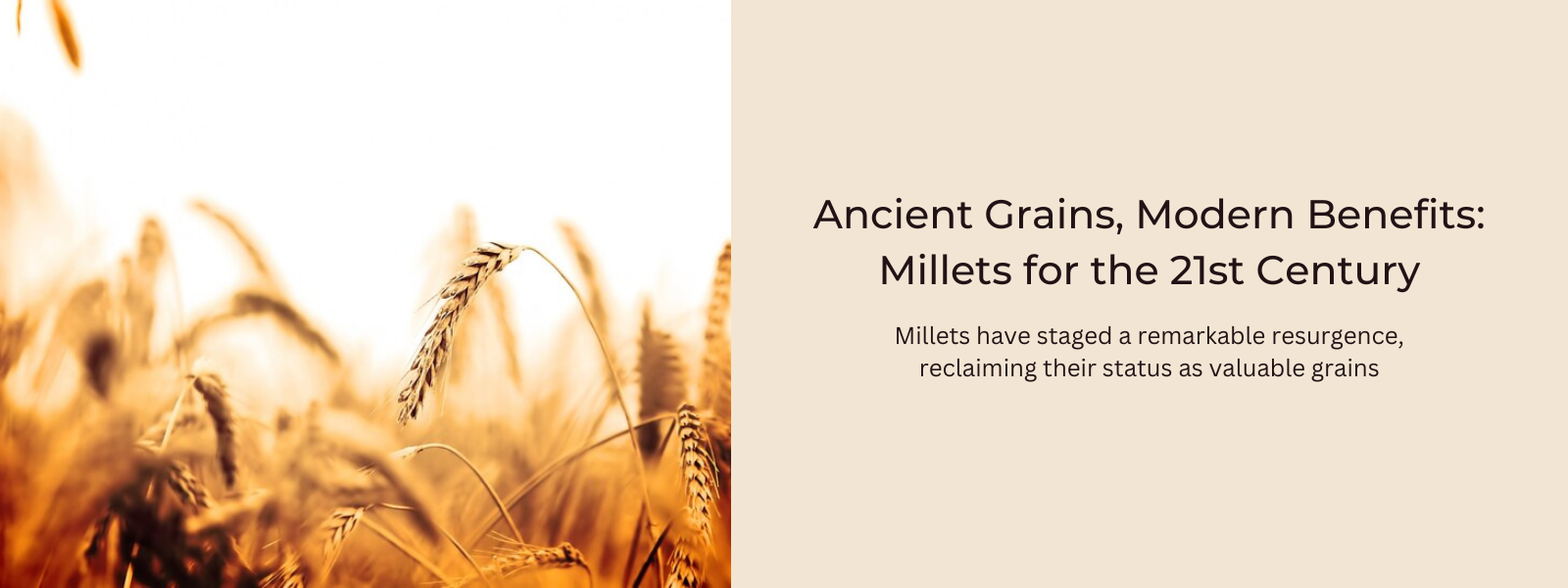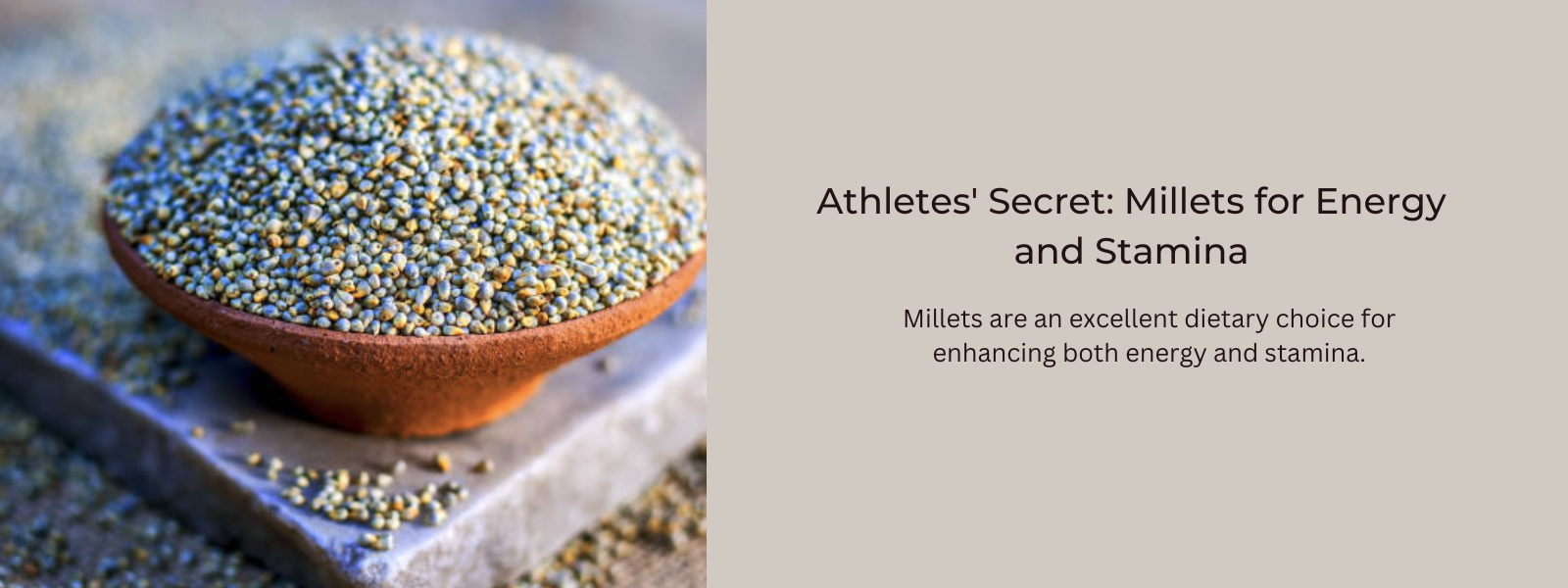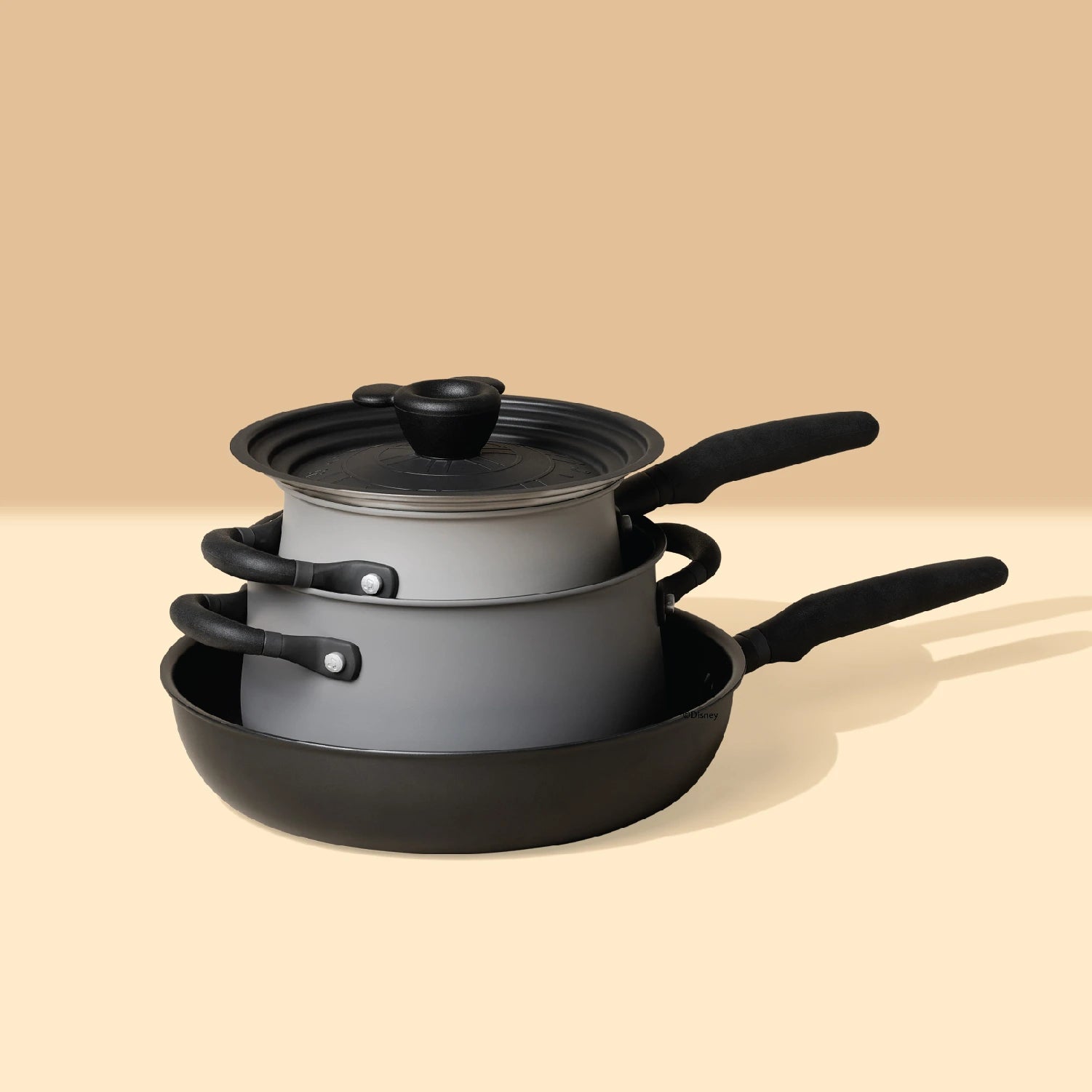Millets are a diverse group of small-seeded grasses that have been a staple food in many parts of the world for thousands of years. These resilient grains thrive in arid and semi-arid regions, making them crucial for food security in challenging climates. Millets are gaining popularity globally due to their impressive nutritional profile, health benefits, and versatility in cooking.
Table of Contents
- 1. Types of Millets
- 2. Pearl Millet (Bajra)
- 3. Finger Millet (Ragi)
- 4. Foxtail Millet
- 5. Proso Millet
- 6. Barnyard Millet
- 7. Sorghum (Jowar)
- 8. Conclusion
Types of Millets
Millets are a diverse group of small-seeded grasses, cultivated for thousands of years. They are hardy, drought-resistant crops that can grow in arid and semi-arid regions, making them vital for food security in challenging climates. Here's a detailed look at the various types of millets and their unique characteristics:
Pearl Millet (Bajra)
Scientific Name: Pennisetum glaucum
Description: Pearl millet is one of the most widely grown types of millet. It is known for its resilience to harsh climates and poor soil conditions.
Nutritional Value:
- Iron: High iron content helps combat anemia.
- Protein: A good source of plant-based protein.
- Fiber: Rich in dietary fiber, aiding in digestion.
Health Benefits:
- Supports heart health by lowering cholesterol levels.
- Aids in weight management due to its high fiber content.
- Enhances hemoglobin levels due to its high iron content.
Uses: Commonly used in making flatbreads, porridges, and fermented foods.
Finger Millet (Ragi)
Scientific Name: Eleusine coracana
Description: Finger millet is highly valued for its nutritional content, particularly its high calcium levels. It is commonly grown in Africa and Asia.
Nutritional Value:
- Calcium: Extremely high, promoting bone health.
- Amino Acids: Contains essential amino acids.
- Antioxidants: Rich in phenolic compounds.
Health Benefits:
- Strengthens bones and teeth.
- Helps control diabetes due to its low glycemic index.
- Provides antioxidants that combat oxidative stress.
Uses: Used in porridges, breads, and infant foods. It can also be made into a malted beverage.
Foxtail Millet
Scientific Name: Setaria italica
Description: Foxtail millet is one of the oldest cultivated millets, known for its quick growth and high yield.
Nutritional Value:
- Protein: Contains significant amounts of protein.
- Fiber: High in dietary fiber.
- Vitamins: Rich in B vitamins.
Health Benefits:
- Improves digestive health.
- Supports cardiovascular health by reducing cholesterol.
- Helps in managing blood sugar levels.
Uses: Often used in Asian cuisines, especially in porridges, salads, and side dishes.
Proso Millet
Scientific Name: Panicum miliaceum
Description: Proso millet is valued for its short growing season and adaptability to different soil types.
Nutritional Value:
- Carbohydrates: Provides quick energy.
- Protein: A good source of protein.
- Vitamins and Minerals: Contains essential vitamins and minerals.
Health Benefits:
- Supports energy levels due to its carbohydrate content.
- Enhances metabolic health.
- Helps in maintaining a healthy weight.
Uses: Used in cereals, soups, and bird feed. It can also be popped like popcorn.
Barnyard Millet
Scientific Name: Echinochloa esculenta
Description: Barnyard millet is known for its low carbohydrate content, making it suitable for diabetic diets.
Nutritional Value:
- Low Carbohydrates: Suitable for low-carb diets.
- Fiber: High in dietary fiber.
- Iron: Contains a good amount of iron.
Health Benefits:
- Helps in controlling blood sugar levels.
- Supports digestive health.
- Prevents anemia with its iron content.
Uses: Commonly used in making porridge, salads, and as a rice substitute.
Sorghum (Jowar)
Scientific Name: Sorghum bicolor
Description: Sorghum is a versatile millet, used for food, fodder, and even biofuel. It is drought-resistant and nutrient-dense.
Nutritional Value:
- Protein: High in protein.
- Fiber: Contains a substantial amount of dietary fiber.
- Antioxidants: Rich in antioxidants like tannins and phenolic acids.
Health Benefits:
- Supports digestive health.
- Helps in managing cholesterol levels.
- Provides antioxidants that protect against chronic diseases.
Uses: Used in flatbreads, porridges, and traditional beverages. Sorghum flour is also used in gluten-free baking.
Conclusion
Millets are ancient grains with a rich nutritional profile and a multitude of health benefits. Each type of millet has its unique set of nutrients and uses, making them versatile ingredients in a variety of culinary traditions. Incorporating millets into your diet can provide essential nutrients, support overall health, and offer sustainable food options for the future. Explore the diverse world of millets and enjoy their benefits in your daily meals.











Leave a comment